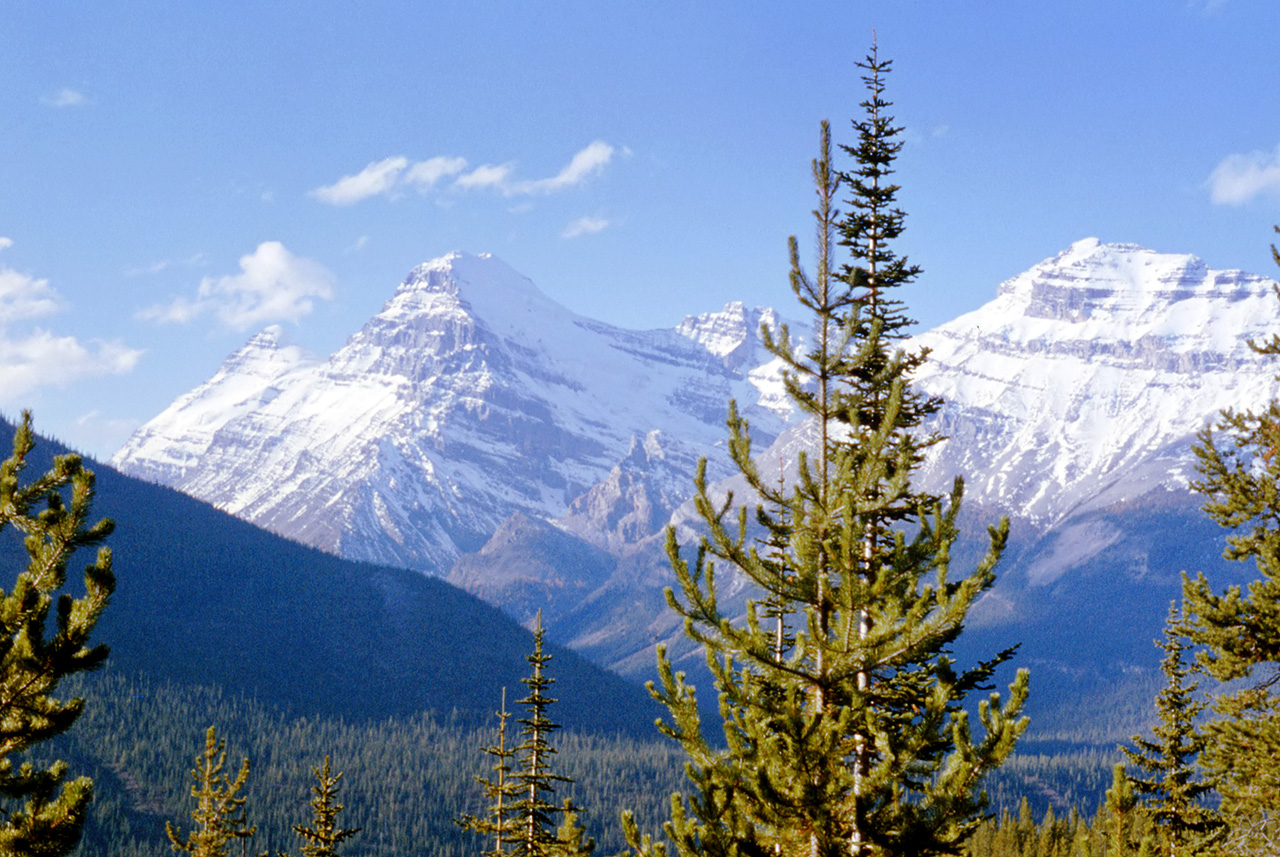Gallery containing mountains and scenery (public domain) photos from the Canadian National Parks – Western Canada. The vast majority of mountains in Canada lie in the western provinces of British Columbia and Alberta and the Yukon Territory. Mountains can be found all over British Columbia while those in Alberta are mainly concentrated on the eastern side of the Canadian Rockies.
The Abbot Pass hut is an alpine hut located at an altitude of 2925 metres (9,598 feet) in Abbot Pass in the Rocky Mountains in Alberta, Canada. It is nestled between Mount Victoria and Mount Lefroy, straddling the continental divide, which, in this region, defines the boundary between Banff National Park in Alberta and Yoho National Park in British Columbia. The pass and the hut are named after Philip Stanley Abbot, who became the first mountaineering fatality in North America. The hut was built in 1922 by Swiss guides to shelter clients attempting to climb Victoria and Lefroy.
George Exton Lloyd, (January 6, 1861 – December 8, 1940) was an Anglican bishop and theologian who helped found Lloydminster, a city that straddles the border between the provinces of Alberta and Saskatchewan in Canada. He served as Bishop of Saskatchewan between the years 1922 and 1931. Reverend Lloyd was born in London, England, and was educated privately and at St. John’s College, London. He arrived in Canada in 1881 to study theology at Wycliffe College and the University of Toronto.
Lloyd believed that Canada should be populated by British immigrants. In 1928 he wrote a letter to The Globe and Mail stating that the Canadian Pacific Railway was “dumping aliens” into the West, and that government policies should be set restricting the numbers of “non-preferred Europeans”. In his capacity as a rector and teacher in the West he took pains to ensure that the children of non-British immigrants were encouraged to learn English and to learn about British history.
Lake Oesa is a body of water located in the mountains of Yoho National Park, near Banff, Alberta, Canada. The lake gets its name from a Native American term for ‘ice’, as its surface is normally frozen. It can be reached from a trail which starts at Lake O’Hara.
Bonnington Falls was a waterfall on the Kootenay River between the cities of Nelson and Castelgar, British Columbia. Hydroelectric development means that the falls are no more, see Kootenay Canal. Two of the power plants along this stretch of the river are called Upper Bonnington Falls and Lower Bonnington Falls. Adjacent to the site of the falls is the unincorporated community of Bonnington Falls, British Columbia.
